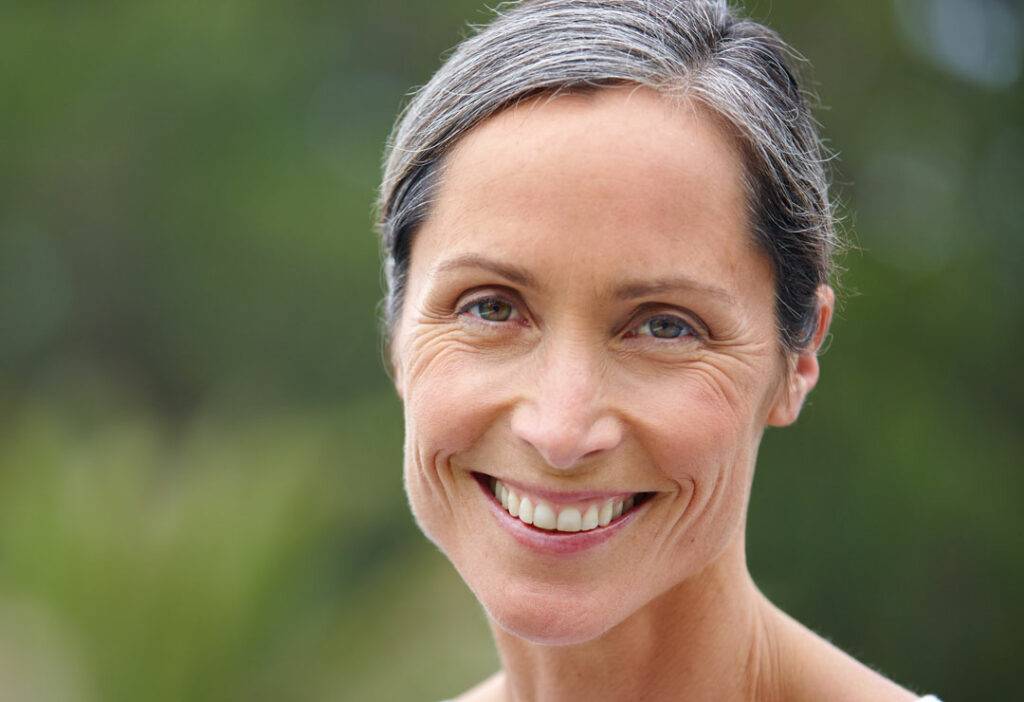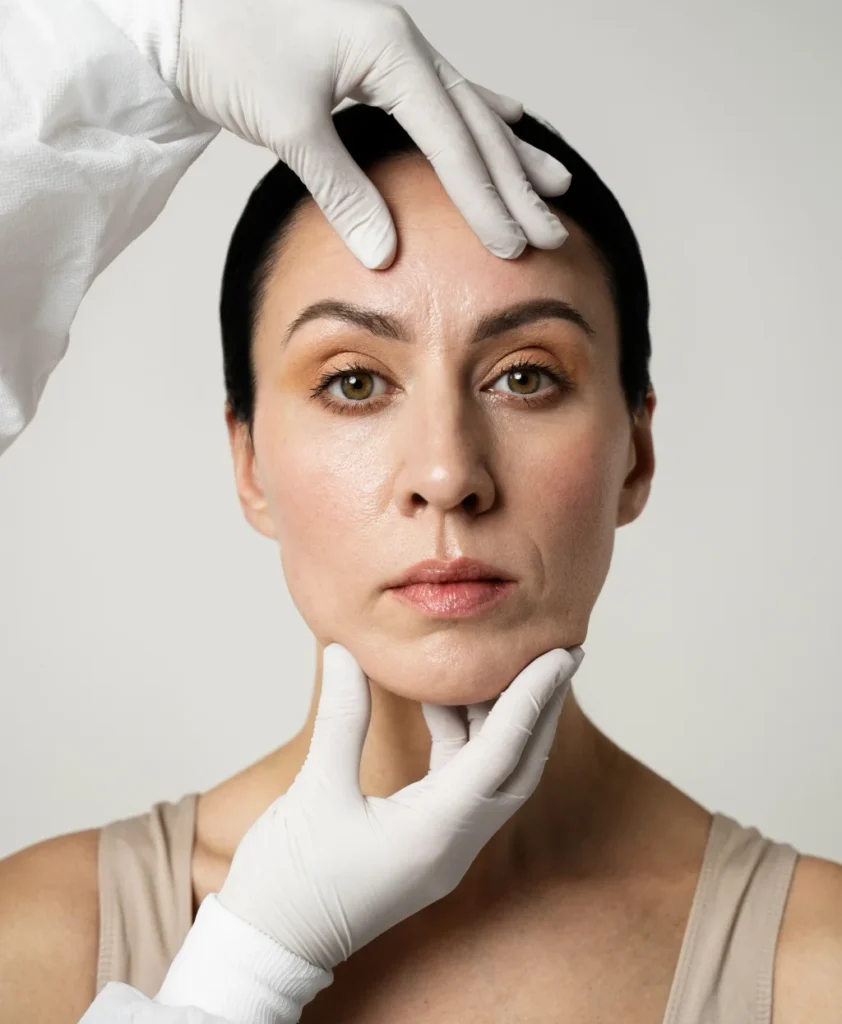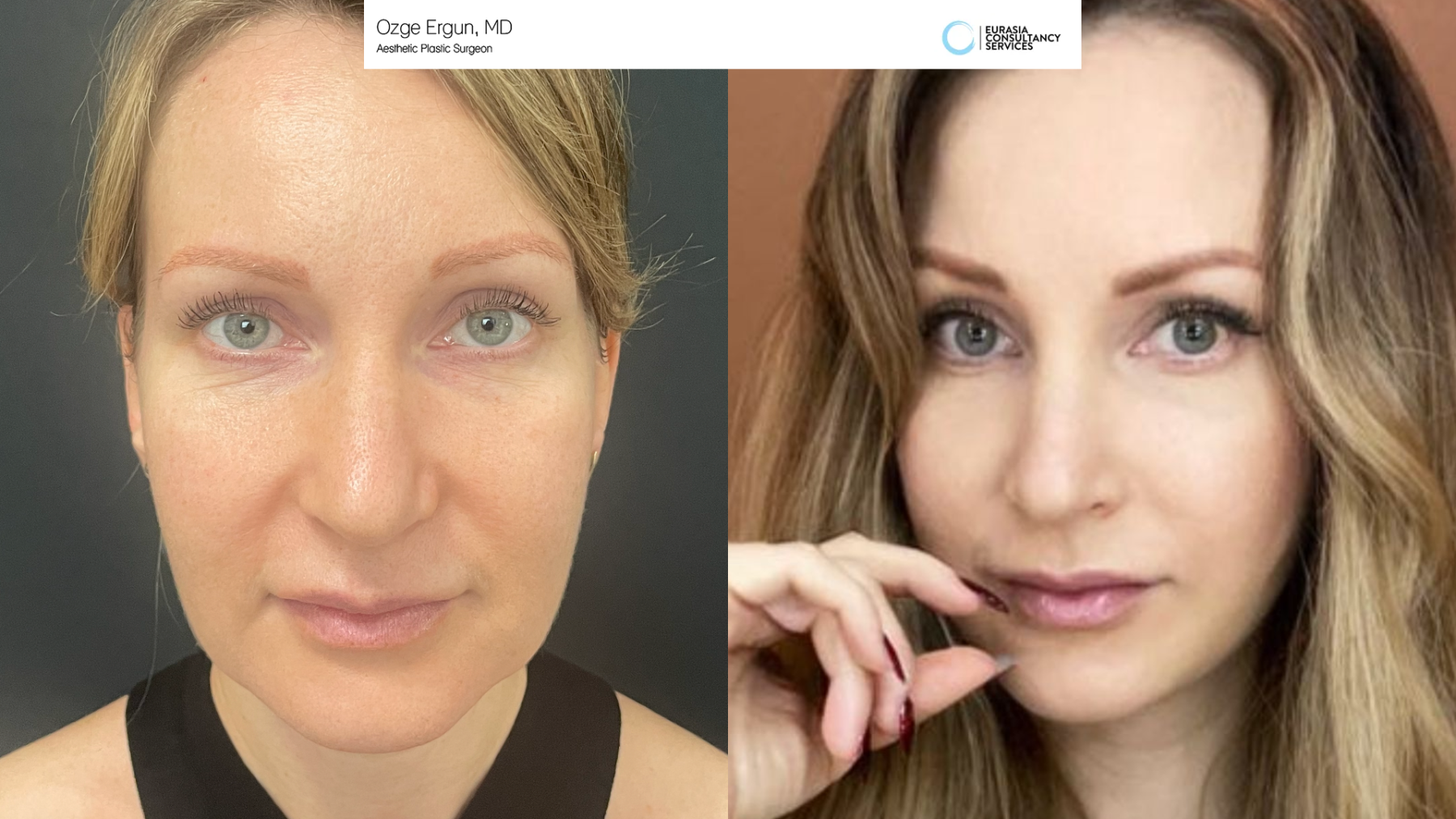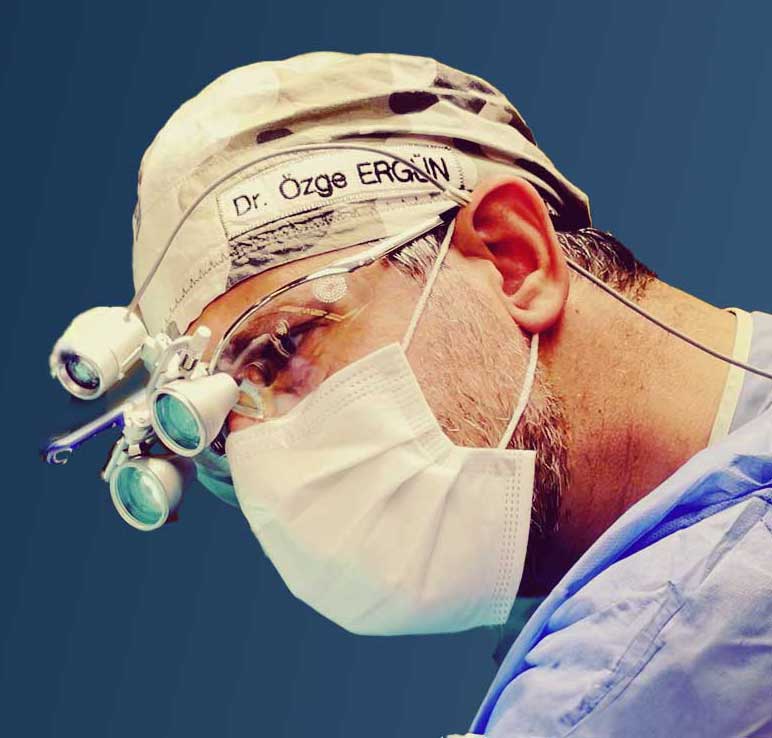About Upper Facelift

An upper facelift, also known as a brow lift or forehead lift, is a cosmetic procedure that focuses on rejuvenating the upper third of the face. This area includes the forehead, brows, and upper eyelids—key regions that can significantly impact your overall facial expression. Over time, the natural aging process, combined with factors like sun exposure and gravity, can cause sagging brows, deep forehead wrinkles, and drooping eyelids, leading to a tired or stern appearance. An upper facelift aims to address these issues, providing a more youthful and refreshed look.
The procedure works by lifting and tightening the skin and underlying tissues in the forehead and brow area. Depending on the individual’s needs, the surgeon may also reposition the muscles and remove excess skin to create a smoother, more elevated appearance. This not only reduces the appearance of deep wrinkles but also raises the eyebrows to a more youthful position and opens up the eyes, giving the entire face a brighter, more alert look.
FAQ
How is an upper facelift performed?
An upper facelift can be performed using different techniques. The traditional method involves an incision along the hairline, allowing the surgeon to lift and tighten the skin and muscles. Alternatively, an endoscopic brow lift uses smaller incisions and a camera to guide the procedure, resulting in less scarring and a quicker recovery. The choice of technique depends on the patient’s specific needs and the surgeon’s expertise.
What is the recovery time for an upper facelift?
Recovery from an upper facelift typically takes about one to two weeks. During this time, patients may experience swelling, bruising, and mild discomfort, which usually subside within a week or two. Most patients can return to work and normal activities after this period, but it’s recommended to avoid strenuous activities for a few weeks to allow proper healing.
How long do the results of an upper facelift last?
The results of an upper facelift are long-lasting, often providing a more youthful appearance for 5 to 10 years or more. However, the natural aging process will continue, and factors such as genetics, lifestyle, and sun exposure can influence how long the results last. Maintaining a healthy lifestyle and good skincare habits can help prolong the effects.
Are there any risks associated with an upper facelift?
As with any surgical procedure, there are risks associated with an upper facelift, including infection, scarring, numbness, and complications related to anesthesia. However, these risks are minimized when the procedure is performed by a qualified, board-certified plastic surgeon. It’s important to discuss all potential risks and benefits with your surgeon during the consultation.
Will there be visible scars after an upper facelift?
The incisions for an upper facelift are typically made along the hairline or within the natural creases of the forehead, making scars less visible. Over time, these scars will fade and become less noticeable. An endoscopic brow lift, which uses smaller incisions, may result in even less visible scarring.

Candidates for Jawline Rejuvenation
- Individuals Experiencing Sagging Skin
- People with Volume Loss in the Jawline
- Adults with Stubborn Fat Around the Jawline
- Individuals Concerned with Deepening Nasolabial Folds
- Those with a Genetic Predisposition to a Weak Jawline
- Adults in Their 30s to 50s
- Individuals in Good Overall Health
- Anyone Seeking Facial Harmony
- Individuals with Realistic Expectations
Success Stories

This doctor is the BEST !!! Great staff excellent friendly service beautiful natural results . I recommend 100%!!! Had a few surgeries with Dr Ergun and referred so many people . Thank you you guys are amazing ! 🙂
Dr.Ozge is amazing! He is very professional, and his work is perfection. I am ecstatic with the results of his work and my only wish is that I would have found him years ago.
I'd like to express my gratitude to Dr Ozge Ergun and his team for their high professionalism, hospitality, excellent organization of my stay in Turkey, the attention and care of everyone who surrounded me.



